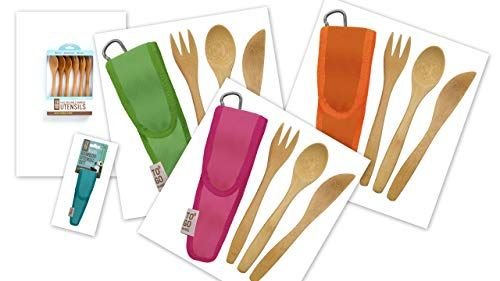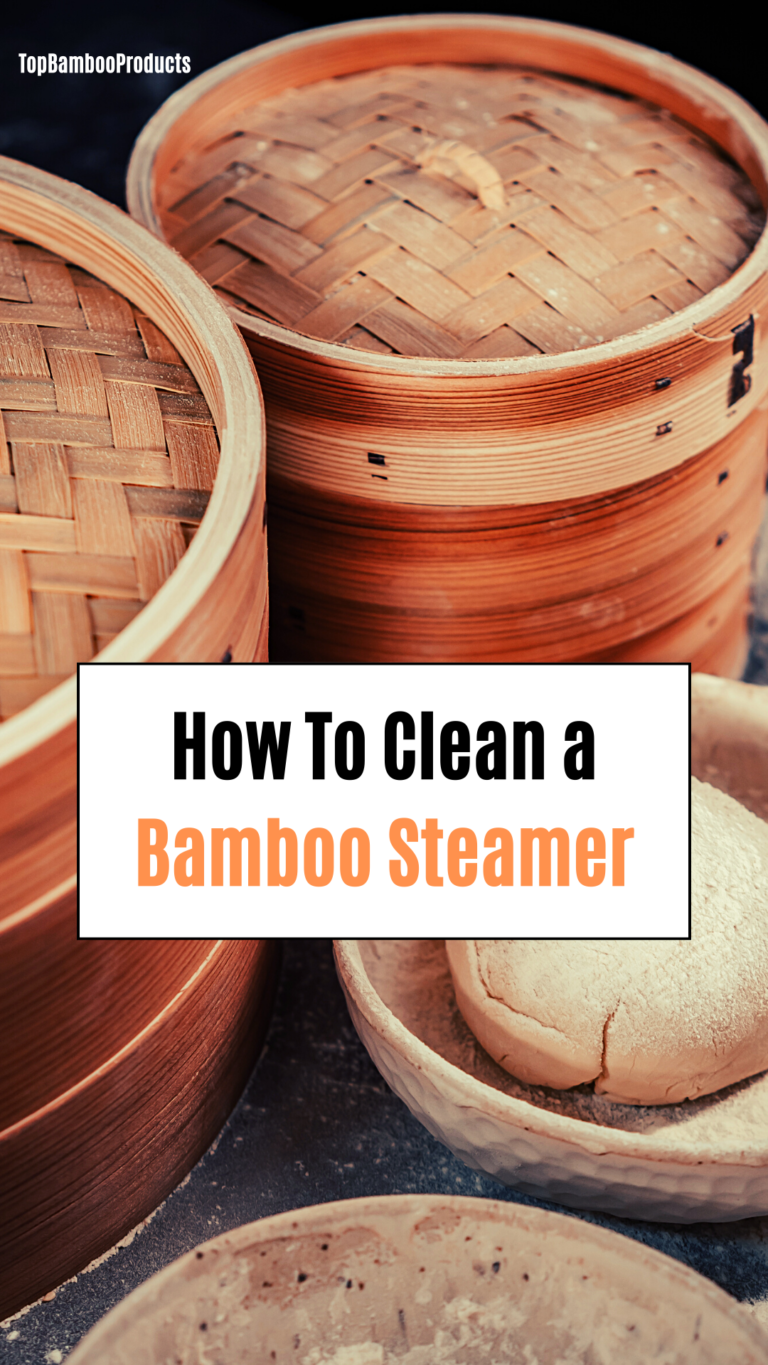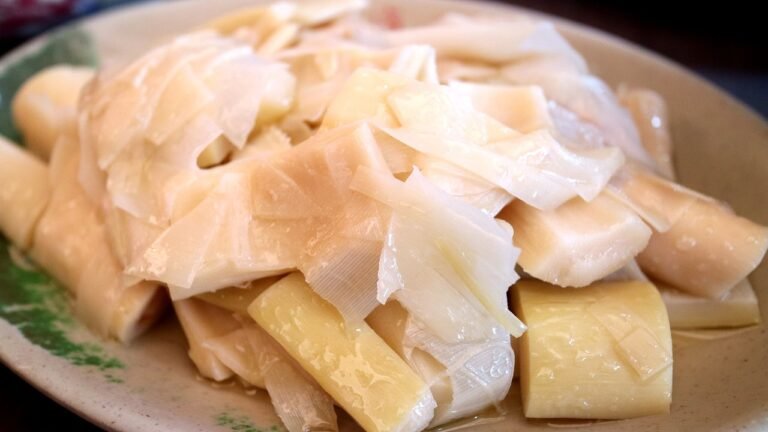Bamboo Viscose Fabric – Everything You Need to Know
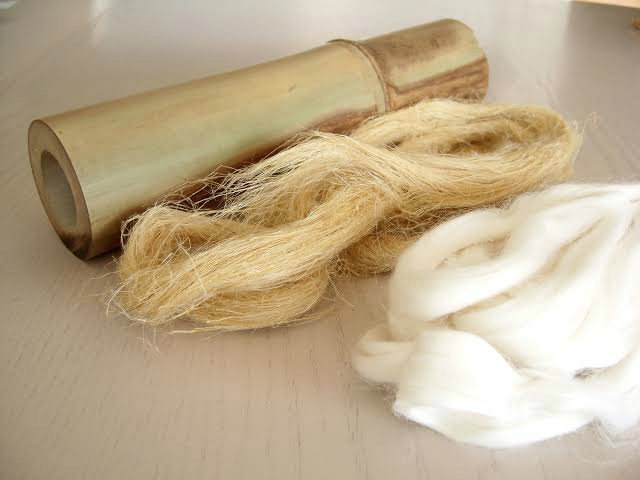
1Shares
Over the years, bamboo viscose fabric has been gaining popularity. It’s now being used for bed sheets, pillow covers, and even clothing materials. It’s a versatile fabric with tons of benefits, including excellent breathability, moisture-wicking property, and durability. So what’s in this fabric that makes it a top choice of many? In this post, we will dig deep into the nature of bamboo viscose, how it’s made, its uses, and more things you need to know:
What is bamboo viscose fabric?
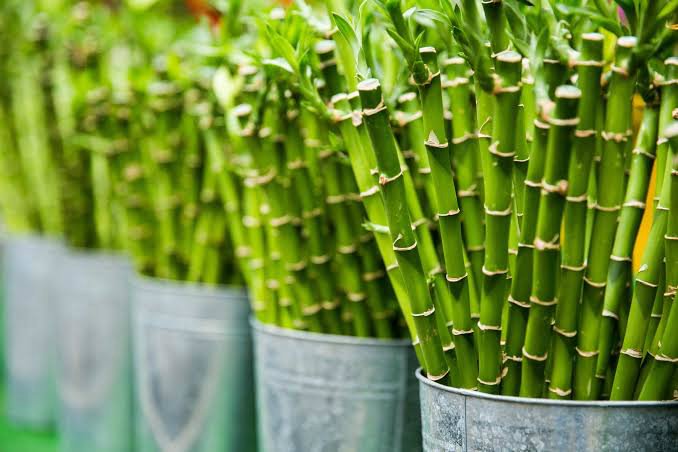
Bamboo viscose also comes by the name bamboo rayon. It’s a fabric derived from the fibers of the bamboo plant, spun, and combed until the yarn is produced. Manufacturers also call bamboo viscose as regenerated bamboo since it’s the first generation of the bamboo fabric. This is followed by modal and lyocell.
As compared to other cellulose fabric, bamboo viscose comes with a higher price tag. Nevertheless, it’s worth the splurge due to the softness and breathability of the rayon fabric.
If you are to purchase any bamboo fabric product, make sure that you check the label. Some manufacturers will try to market a different fabric as bamboo viscose just to sell it at a higher price.
Overall, bamboo viscose fabric stands out from other fabrics due to its sustainability and durability.
When did they start creating bamboo viscose?
Bamboo viscose or rayon actually traces back to Europe, where French industrialist Hilaire de Chardonnet came up with the first-ever viscose fiber. This was commercialized as an alternative to silk due to its soft and silky feel.
However, the initial bamboo viscose fabric was taken off the market when they discovered its high flammability. In 1892, the German Bemberg Company developed a safer version through the help of British scientists Edward John Bevan, Charles Frederick Cross, and Clayton Beadle.
By 1905, the company has patented the production process and dominated the market with viscose rayon. From then on, various manufacturers have come up with their own production processes. Nowadays, bamboo fabric can be found on a variety of items, mostly in the bedroom and clothing department.
How is bamboo viscose made?
With its name ‘viscose’, it’s quite a given that bamboo fabric came from the cellulose or pulp of the bamboo wood. Take note that there could also be eucalyptus viscose, sugar cane viscose, and beech viscose. Since all of these fibers were produced using the same process, it can be confusing if a bamboo fabric product only indicates that it’s made of ‘viscose’ without stating the actual wood source.
After deriving the bamboo viscose from the plant, it will be dissolved into a diluted sodium hydroxide to come up with a pulpy substance.
Take note that for the fiber to be viscous enough, it should have a proportion of 7% to 15% bamboo cellulose to 5% of sodium hydroxide.
This solution will be fermented, filtered, and degassed multiple times. After that, it will be fed into spinneret nozzles that go through a large container with diluted sulphuric acid. At this point, the viscose fibers harden. It’s then converted into bamboo fiber filaments.
After removing much of the viscous consistency, the fibers will be spun and combed into threads. After that, the thread will be woven into fabric.
Most of the bamboo viscose fibers were derived from the Moso bamboo plant. Also, most of them are grown in China, where it’s also processed and produced.
For bamboo viscose, the process stops here. But if you are looking for modal and lyocell bamboo fabrics, expect that it will require further production steps. Below, we discussed the differences between the three.
In this video, KelheimFibres shows us wood viscose is made from mere raw materials to functional fabric:
Advantages of bamboo viscose
Bamboo viscose has been popular due to its soft texture that can pit with cotton. Aside from its comfy touch, the following benefits make bamboo viscose stand out among other fabrics:
*Thermo-regulating properties
Bamboo viscose is popular due to its excellent breathability. It keeps you fresh during summer days and if you tend to experience hot flashes at night. The best thing here is it’s warm to wear during winter. You can also choose from a variety of thread count to suit your preferred thickness and breathability.
*Moisture-wicking
Are you always sweaty? Maybe it’s time to switch to bamboo viscose fabric. Since bamboo is about four times more absorbent than cotton, it has higher moisture-wicking abilities. Due to this characteristic, the bamboo fabric will also absorb a lot of water and feel heavy when putting on the clothesline after washing. Nevertheless, it dries fast, so it shouldn’t be an issue.
*Antibacterial properties
Bamboo fabric is also known for its antibacterial properties that prevent odor build-up. This is an ideal choice for those who have issues with body odor. If used on pillows and sheets, it will help keep your bed smelling fresh.
*Hypoallergenic
Some people tend to be allergic to cotton due to the chemicals used in the production process. With this, the bamboo fabric becomes an excellent alternative. As long as it’s made organically and spun mechanically, it should have minimal off-gassing and harmful chemicals.
Disadvantages of bamboo viscose
Like any fabric, bamboo viscose also comes with some disadvantages. The following are some of the downsides of using bamboo fabric:
*Expensive
Bamboo fabric indeed comes with a heftier price tag than other fabric counterparts. Due to the intricate process it undergoes, this is quite understandable. Still, many are willing to splurge for the sake of comfort.
*High-maintenance
If you’re planning to shop for bamboo viscose clothes, sheets, or pillows, take note that it will require more attention while washing. First, you shouldn’t wash bamboo fabric with other textiles. This is to prevent the lint from attaching to the fibers of your bamboo viscose.
Aside from that, you should wash bamboo fabric in cold water only. Take note that washing in hot water will cause shrinkage. Aside from that, you can only air dry bamboo fabric to prevent damages to it.
Bamboo viscose vs. modal vs. lyocell
Basically, there are three types of bamboo fabric: the viscose or rayon, modal, and lyocell.
Viscose
Above, we discussed how bamboo viscose is made as the first generation fiber. When we move forward to the second generation fiber, we have the modal bamboo fabric.
Modal
Modal bamboo fabric is somewhat similar to viscose. However, it differs since it undergoes an extra treatment after spinning the fiber filaments. This is done to make the modal bamboo fabric stronger than viscose. Basically, both viscose and modal fabrics are made with the same solvent and process. The only difference is an extra process before the thread is woven into a fabric.
Lyocell
Lastly, we have the lyocell bamboo fabric. This is widely different than modal and viscose since it’s made using a different solvent. Instead of sodium hydroxide as used in both viscose and modal, lyocell is produced through the organic compound M-Methylmorpholine N-oxide (NMMO). This is also eco-friendly and sometimes believed to be more environment-friendly than sodium hydroxide.
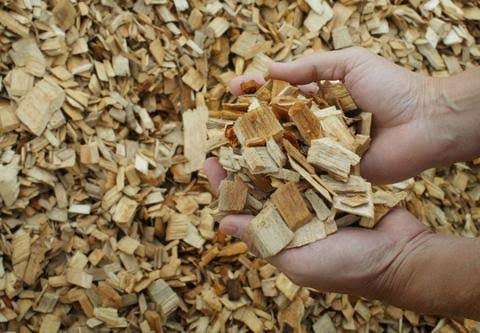
Sustainability and eco-friendliness
It’s emphasized, time and again, that bamboo fabric is eco-friendly. But is it really that sustainable?
Well, the answer depends as to where the fabric was made and how it was produced. Most bamboo fabrics are from China since it has the ideal soil and weather for bamboo growth. But since manufacturers from this country are also known for mass-produced items, you have to be careful with what you buy.
Organic bamboo fabrics are eco-friendly since it’s produced with the least chemicals. Also, it’s grown ad harvested without pesticides.
The process matters
Take note that the fully mechanical process of creating bamboo fabric is time-consuming and labor-intensive. So if you’re planning to get one of these, prepare a hefty budget.
If we are to compare bamboo fabrics to cotton, we can say that the former is kinder to the environment. Bamboo uses only a third of the water that cotton consumes. Aside from that, the bamboo tree doesn’t require a lot of pesticides to grow properly.
The good thing about bamboo is it can grow easily. In fact, it can survive with rainwater as the only source of moisture. This isn’t surprising as bamboo trees can become an invasive species in tropical forests.
Uses of bamboo viscose
Bamboo viscose fabric has tons of purpose- from sheets, clothing, and even medical supplies. The following are some of the amazing uses of this fabric on the day to day items.
*Apparel
This one has been gaining popularity in the fashion industry. Bamboo fabric clothes are famous due to its cooling effect as well as versatile designs.
It can be used to create dresses, tees, nightgowns, bathrobes, and more. Also, it’s a prime option for intimate pieces of clothing like bathing suits, underwear, and cover-ups due to its breathable nature.
Aside from that, bamboo clothes last longer and give a slew of benefits, especially for active wearers.
If you are to purchase bamboo clothing, always check the authenticity of the fabric. Always purchase from reputable brands like Cariloha, Boody Eco Wear, Tasc Performance, and Viva Terra.
*Sanitary and medical supplies
This may come as a surprise, but yes, bamboo viscose is also used in some sanitary materials and medical supplies. Some of these are medical masks, sanitary towels, absorbent pads, gauze, and surgical wear.
The leading reason for this is that bamboo has antibacterial properties. Also, the fiber is gentle to the skin, making it an excellent choice for hospitals.
*Non-woven fabric
Non-woven bamboo fabric can be used in other practical items like sanitary napkins and food-grade packaging. These products utilize the viscosity of the fibers before it’s spun and made into thread.
Take note that non-woven bamboo fabric still has a soft and antibacterial property. This is why it’s used for intimate areas.
*Sheets and covers
Also, you can find bamboo fabrics made into bedroom items like sheets, mattress pads, bed skirts, pillows, duvet cover, and drapes.
You can also find bamboo fabric products in the bathroom, including bath rugs, shower curtains, towels, and bath sheets.
Frequently Asked Questions
Q: Are bamboo sheets better than Egyptian cotton?
A: If you’re looking for breathability, bamboo sheets are the way to go. Egyptian cotton is breathable, too, but not the same bamboo fabric. Another benefit of using the bamboo fabric is its eco-friendly production. Unlike Egyptian cotton, organic bamboo fabric is derived from bamboo trees grown in the wild. It has little to no pesticides.
Q: Are bamboo sheets suitable for hot sleepers?
A: Yes! Thanks to the breathability of bamboo viscose fabric, hot sleepers will find it comfy to use. Aside from that, it also has excellent moisture-wicking characteristics for added comfort. Just make sure that you get the right fit so that the bamboo clothes won’t feel too clingy on your skin.
Q: What is the best thread count for bamboo sheets?
A: Anything between 200 and 1,000 thread counts would be ideal, depending on what you’re looking for. If you want a very soft sheet, get one with 200 to 300 thread counts. Bamboo fabric gets stiffer as the thread count increases.
Q: Does bamboo fabric shrink?
A: Not if you will wash it in cold water. The bamboo fabric should only be washed in cold water and air-dried. If you are to iron bamboo fabric, you should only do so at a low heat setting. Also, avoid pulling snags on bamboo fabric. Doing so will lead to permanent wrinkling and damage to the item.
Q: Is bamboo fabric better than cotton?
A: If we are to talk about breathability, softness, and comfort, bamboo has the edge over cotton. It’s also temperature-regulating, which keeps you cool in summer and warm in winter. Also, bamboo fabric is more eco-friendly since it uses less pesticide and consumes less water.
Final words
Bamboo viscose fabric is an excellent alternative to cotton, linen, and silk. It bears the soft and comfy feel, without sacrificing breathability and durability. Although it tends to cost more than other typical fabrics, it’s worth the investment. Try it and see the difference between bamboo viscose. What do you think of this fabric? Have you tried it before? Share your thoughts with us!
1Shares

